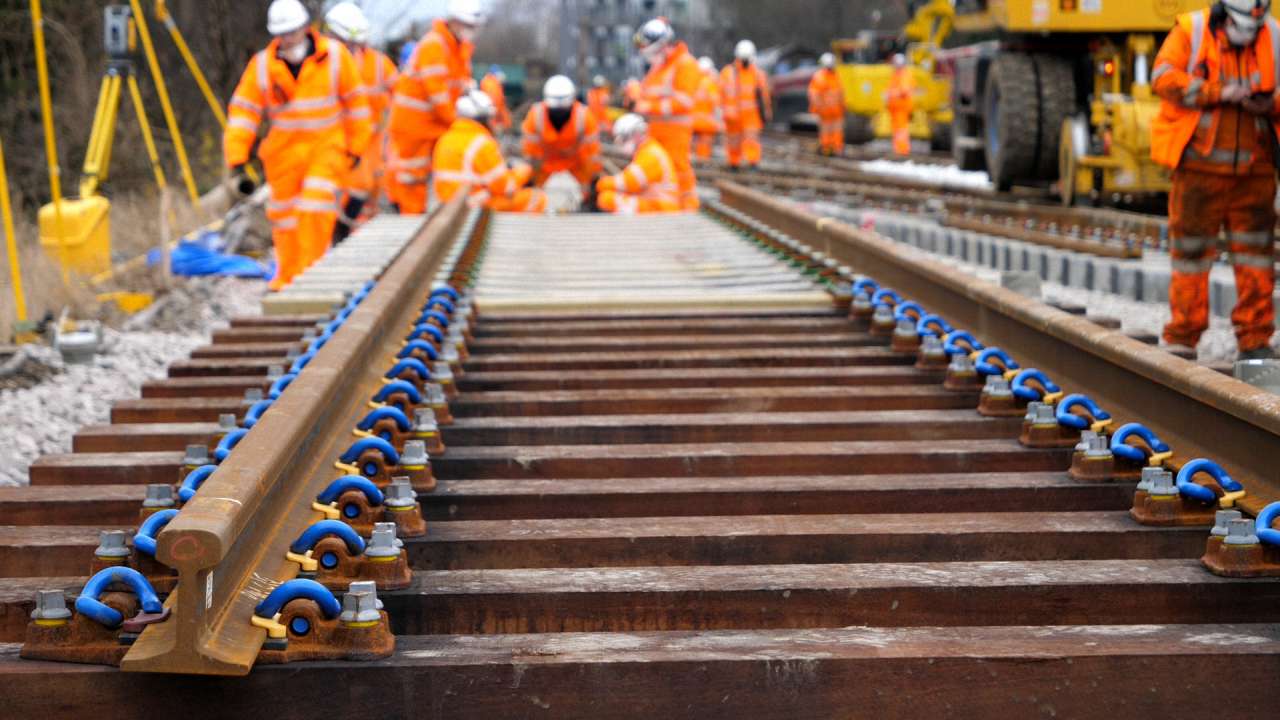Published on the 6th of October, the Office of Rail and Road’s Annual assessment of Network Rail has seen its plans to improve efficiency exceeded during the 2021 to 2022 period as well as details of a review carried out on the employment costs within the rail industry.
Network Rail has seen £1.9 billion invested in efficiency improvements over the first three years of Control Period 6 (2019 to 2024), with further aims to provide £4 billion of efficiency improvements through the five-year control period which ends in 2024, which has increased from the target set originally by the Office of Rail and Road of £3.5 billion. The increase is mostly from workforce reform enterprises.
The gains in efficiency and broader financial performance have however missed its target by £487 million from 2021 to 2022. The first three years of the control period have seen a cumulative performance for Network Rail at £891 million below the original target set for the delivery plan. This amount is due to cost pressures alongside reduced income which exceeded the number of efficiency improvements.

Independent consultants were also commissioned by the Office of Rail and Road to ascertain whether the rail industry employment costs are higher or lower than market comparators. The study saw pay and total reward (including pension costs and other measurable benefits) compared for 64,459 rail industry workers and has revealed that some areas of the industry see both pay and conditions as being favourable when compared to the broader market.
The analysis has revealed that Network Rail is mostly within market rates (+/-10%) this does not include maintenance staff. Maintenance staff see a total reward 18% over the market median. Wider categories, including head office and operations and certain roles at Network Rail sit outside market rates. Some positions offer a result which is sensitive to whether total reward or just pay is being looked at.
Passenger rail operators’ total rewards also fall mostly within the market, however, station staff are paid 12% over the market median, and operational management is paid 11% below. As mentioned above, some job category results are sensitive to if being looked at as total reward or just pay.
Will Godfrey, ORR’s Director of Economics, Finance and Markets, said:
“ORR’s annual assessment of Network Rail’s efficiency and financial performance is an important part of how we hold the company to account each year. This year, we have supplemented our work with a study of employment costs.
“We were asked to undertake this study in the white paper on rail reform. And I’d like to thank all the companies who participated. It is a good first step in improving transparency.
“The complexity of rail pay arrangements can make it difficult for companies to produce data and to also make comparisons on a consistent basis. Particularly when the study depends on being able to find suitable comparators for rail jobs, which is easier for some types of jobs than others.
“The findings have identified areas where train operating companies and Network Rail can undertake further analysis of pay structures. We will now consider in consultation with industry the scope to update and refine this dataset.”






Responses